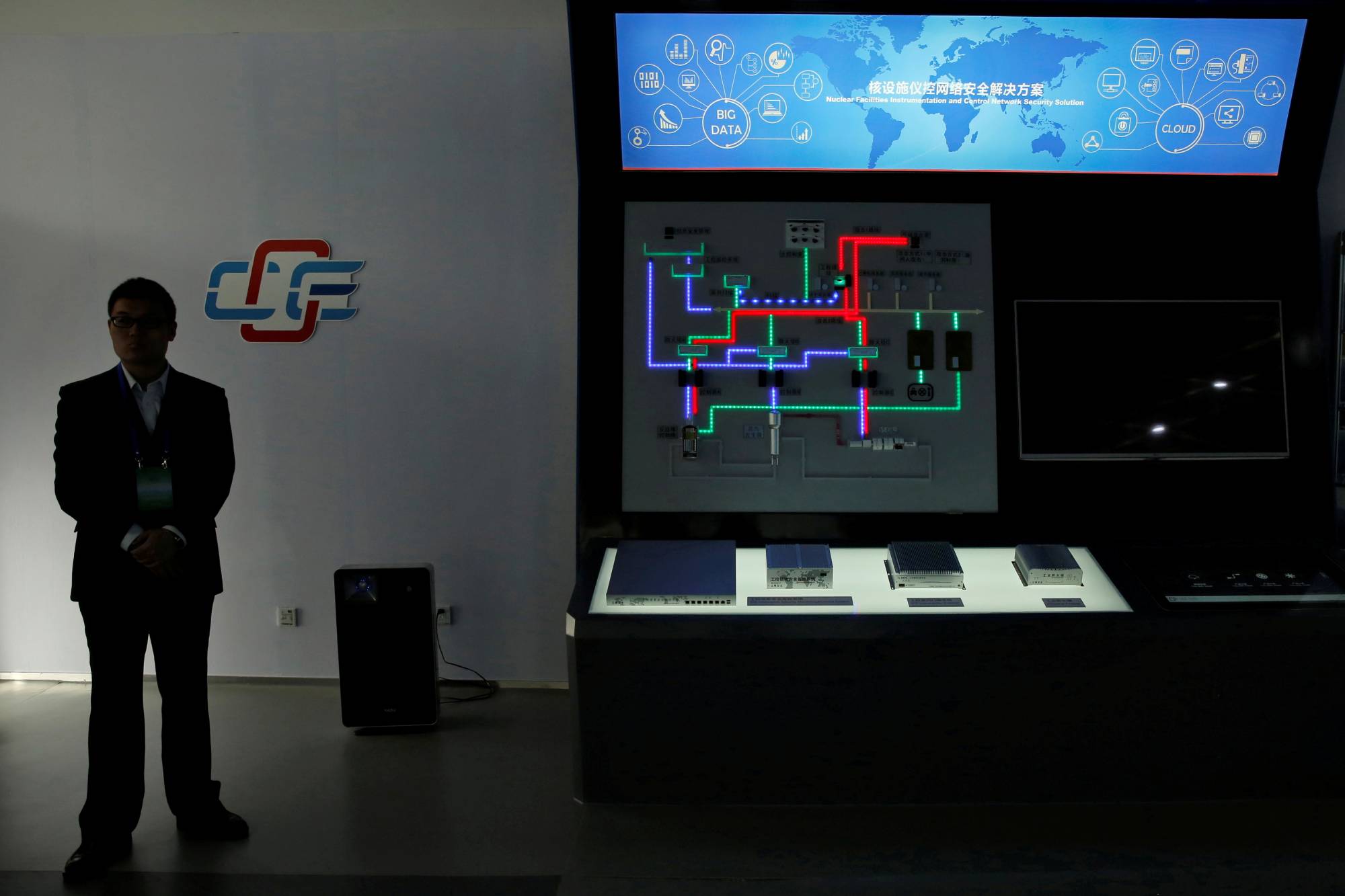Nuclear power once seemed like the world’s best hope for a carbon-neutral future. After decades of cost-overruns, public protests and disasters elsewhere, China has emerged as the world’s last great believer, with plans to generate an eye-popping amount of nuclear energy, quickly and at relatively low cost.
China has over the course of the year revealed the extensive scope of its plans for nuclear, an ambition with new resonance given the global energy crisis and the calls for action coming out of the COP26 climate summit in Glasgow. The world’s biggest emitter, China’s planning at least 150 new reactors in the next 15 years, more than the rest of the world has built in the past 35. The effort could cost as much as $440 billion; as early as the middle of this decade, the country will surpass the U.S. as the world’s largest generator of nuclear power.
The government’s never been shy about its interest in nuclear, along with other renewable sources of energy, as part of President Xi Jinping’s goal to make China’s economy carbon-neutral by midcentury. But earlier this year, the government singled out atomic power as the only energy form with specific interim targets in its official five-year plan. Shortly after, the chairman of the state-backed China General Nuclear Power Corp. (CGN) articulated the longer-term goal: 200 gigawatts by 2035, enough to power more than a dozen cities the size of Beijing.


















With your current subscription plan you can comment on stories. However, before writing your first comment, please create a display name in the Profile section of your subscriber account page.